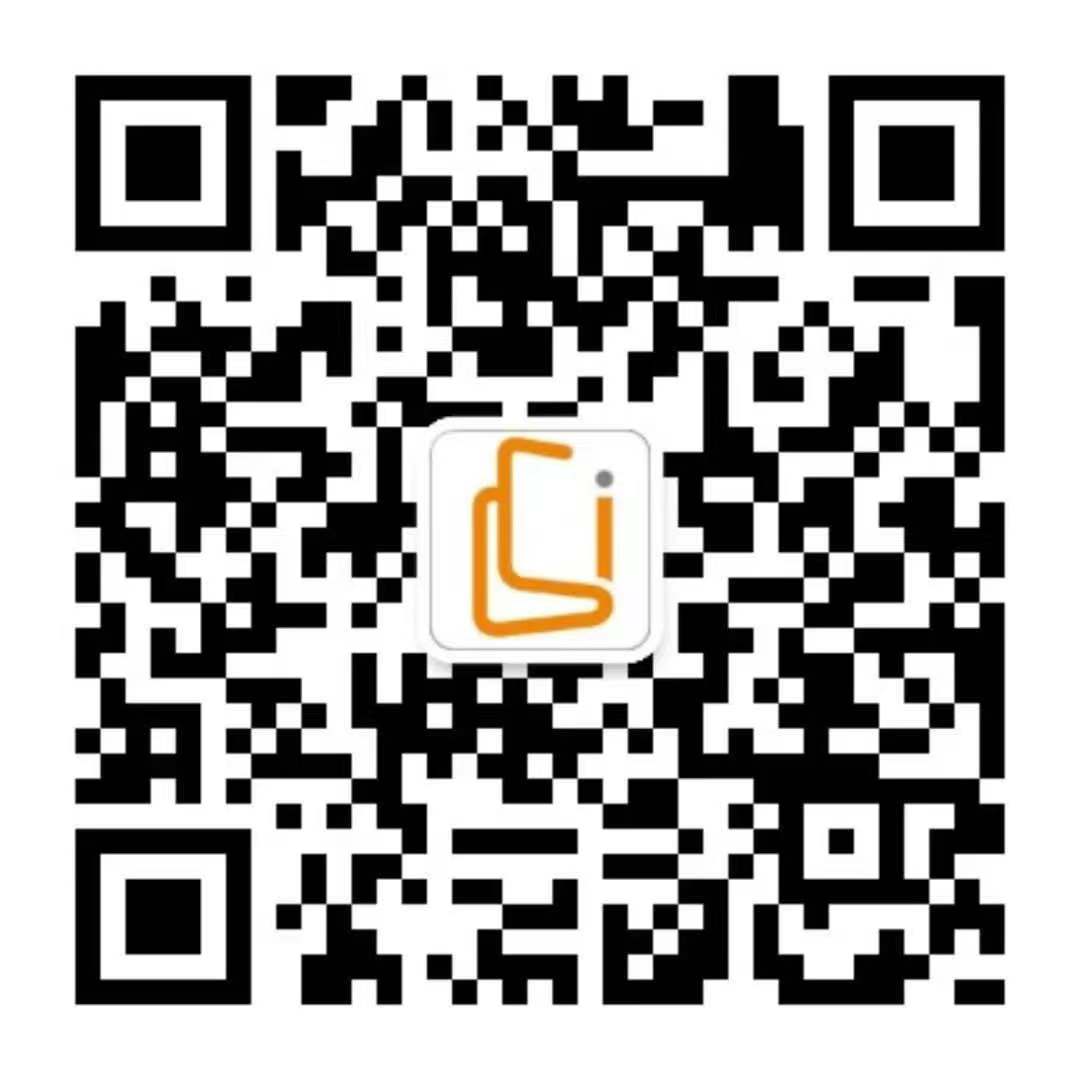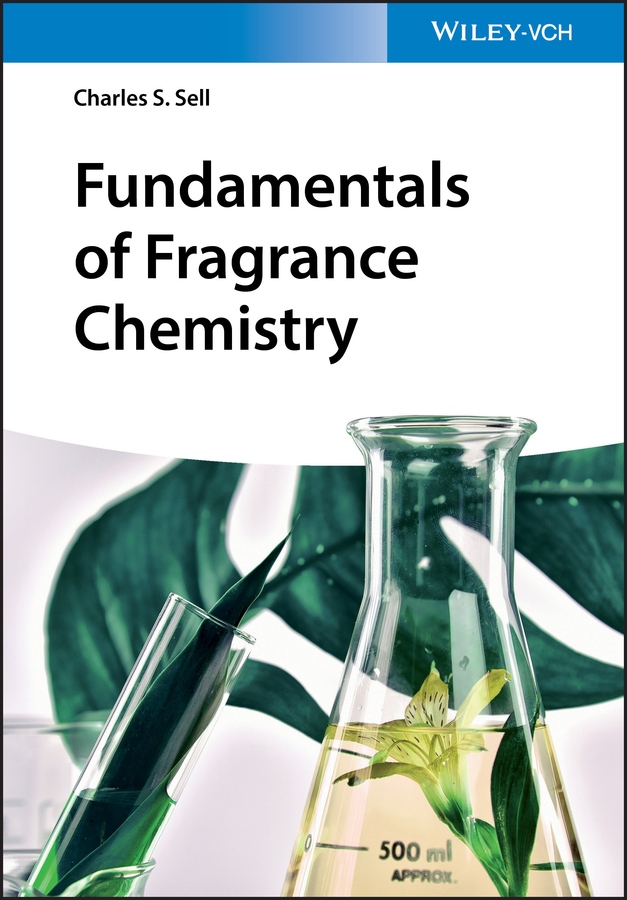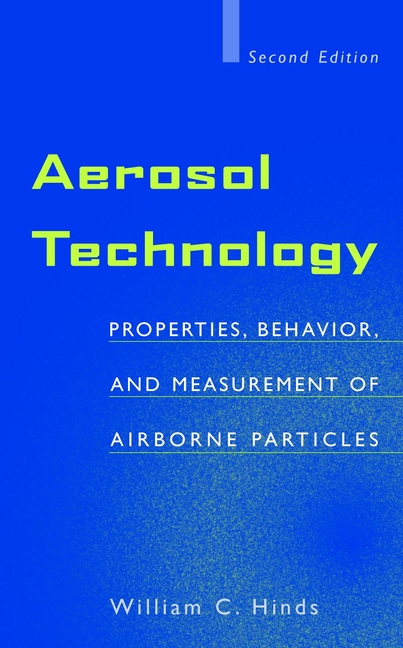CLCTQ
LanguageENG
PublishYear2006
publishCompany
CRC Press
EISBN
9781420009408
PISBN
9780849395284
edition
1
- Product Details
- Contents
Do you need guidelines for choosing a substitute organic solvent that is safer to use? Do you need an effective, cheap but perhaps temporary way to reduce exposures before you can convince your employer to spend money on a long-term or more reliable solution? Do you need information about local exhaust ventilation or personal protective equipment like respirators and gloves?
Industrial Hygiene Control of Airborne Chemical Hazards provides the answers to these questions and more. Science-based and quantitative, the book introduces methods for controlling exposures in diverse settings, focusing squarely on airborne chemical hazards. It bridges the gap between existing knowledge of physical principles and their modern application with a wealth of recommendations, techniques, and tools accumulated by generations of IH practitioners to control chemical hazards.
Provides a unique, comprehensive tool for facing the challenges of controlling chemical hazards in the workplace.
Although William Popendorf has written the book at a fundamental level, he assumes the reader has some experience in science and math, as well as in manufacturing or other work settings with chemical hazards, but is inexperienced in the selection, design, implementation, or management of chemical exposure control systems. Where the book is quantitative, of course there are lots of formulae, but in general the author avoids vague notation and long derivations.
Industrial Hygiene Control of Airborne Chemical Hazards provides the answers to these questions and more. Science-based and quantitative, the book introduces methods for controlling exposures in diverse settings, focusing squarely on airborne chemical hazards. It bridges the gap between existing knowledge of physical principles and their modern application with a wealth of recommendations, techniques, and tools accumulated by generations of IH practitioners to control chemical hazards.
Provides a unique, comprehensive tool for facing the challenges of controlling chemical hazards in the workplace.
Although William Popendorf has written the book at a fundamental level, he assumes the reader has some experience in science and math, as well as in manufacturing or other work settings with chemical hazards, but is inexperienced in the selection, design, implementation, or management of chemical exposure control systems. Where the book is quantitative, of course there are lots of formulae, but in general the author avoids vague notation and long derivations.
Collected by
- Princeton University
- Columbia University Library
- UCB
Similar











